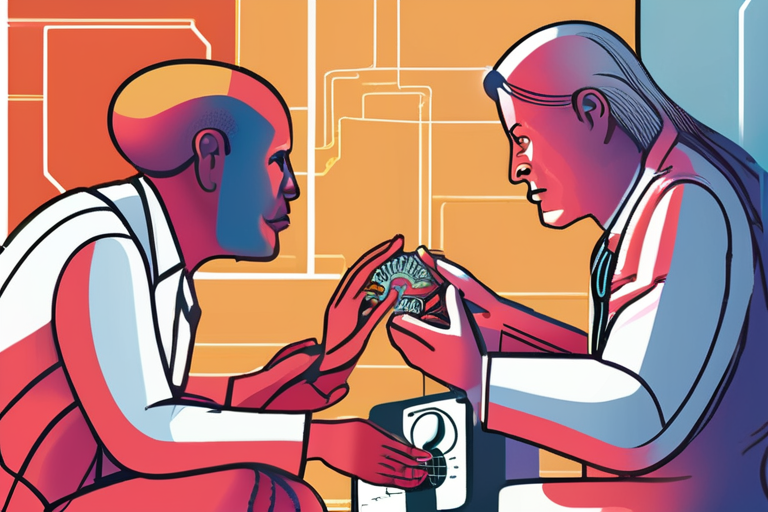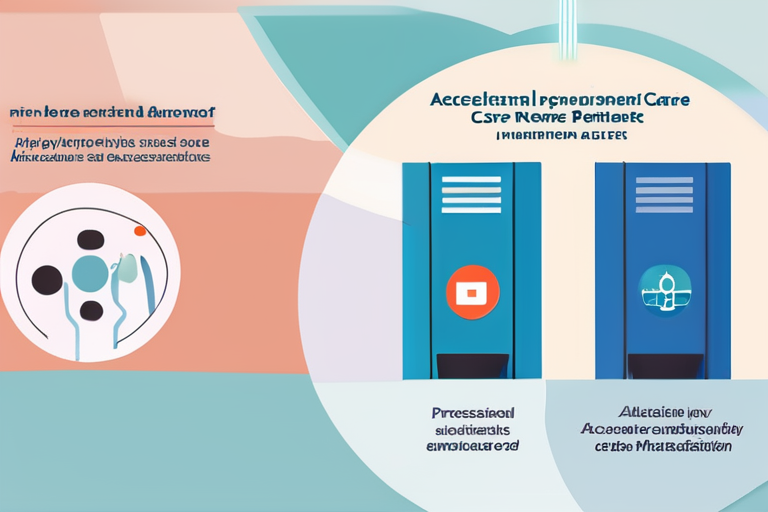Industry experts point out that the biggest advances in value-based care have focused on high-volume, moderately expensive chronic diseases such as congestive heart failure, diabetes, and chronic obstructive pulmonary disease. This approach has involved layering relatively uniform interventions, often referred to as "peanut-butter care management," across thousands of patients to achieve incremental improvement. However, Jain argues that this approach has overlooked the most critical and costly patients, who require more tailored and complex care.
Jain notes that the sickest patients, often those with rare and complex conditions, are typically managed through fragmented and inefficient care pathways. This can lead to unnecessary hospitalizations, emergency department visits, and other costly interventions. In contrast, value-based care models that focus on these patients could potentially lead to significant cost savings and improved outcomes.
The healthcare industry has been working to address this issue, with some organizations developing specialized care programs for high-cost patients. For example, the Centers for Medicare and Medicaid Services (CMS) has introduced the Accountable Care Organization (ACO) model, which incentivizes healthcare providers to coordinate care and improve outcomes for high-risk patients. Additionally, some private payers have developed value-based care programs that focus on high-cost patients, such as those with rare genetic disorders.
Industry experts believe that better managing the sickest patients will require a more nuanced approach to value-based care. This may involve the use of advanced data analytics, artificial intelligence, and other technologies to identify high-risk patients and develop personalized care plans. It may also require the development of new care models and payment structures that incentivize providers to deliver high-quality, cost-effective care to these patients.
As the healthcare industry continues to evolve, it is clear that managing the rarest, sickest, and most expensive patients will be a critical component of value-based care. By developing more effective and efficient care pathways for these patients, healthcare providers and payers may be able to achieve significant cost savings and improve outcomes, ultimately transforming the way healthcare is delivered in the United States.


























Share & Engage Share
Share this article